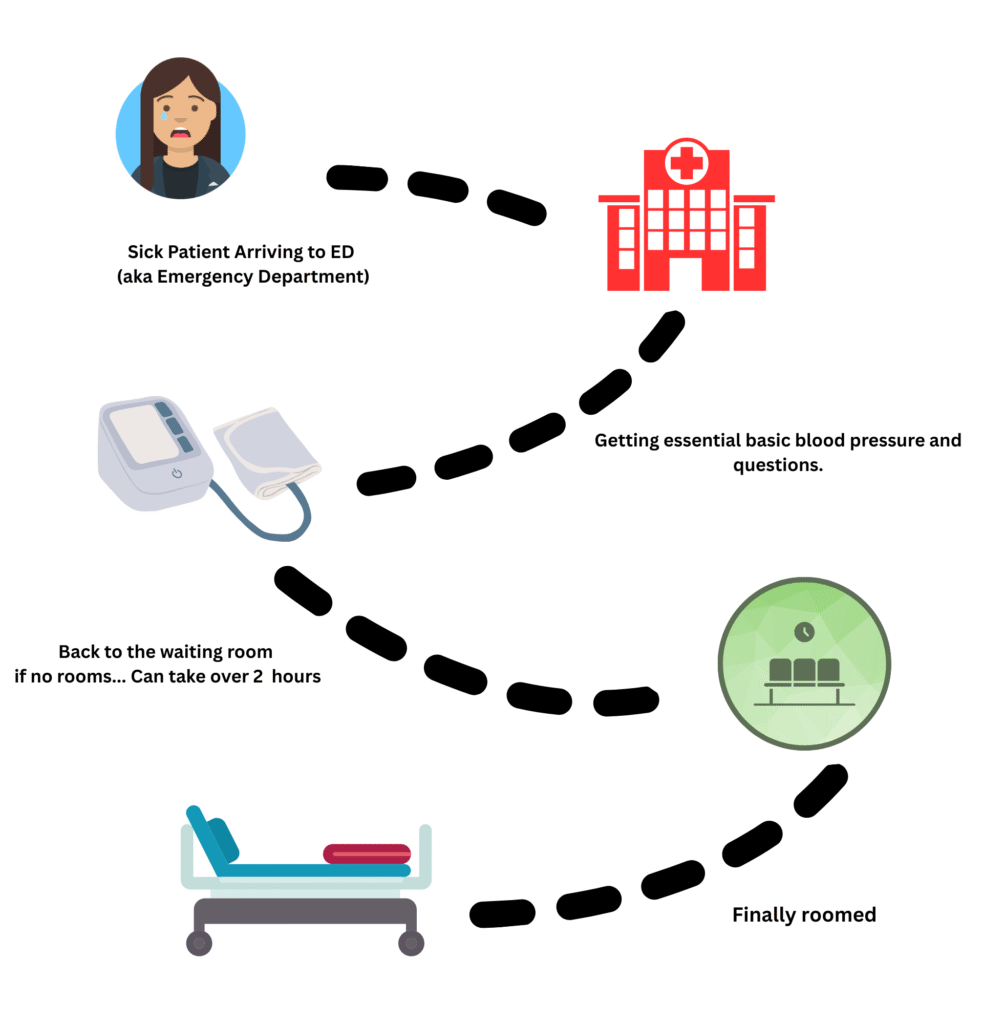
“I was first in line.”
Healthcare and emergency rooms aren’t like coffee shops or restaurants — it’s all about who needs care most urgently. If someone with chest pain radiating down their left arm shows up, your recent flu diagnosis is going to wait.

“My temp is usually lower.”
This is one of the most common responses we get when taking someone’s temperature. But let me remind you: a normal body temperature ranges from 96.8°F to 100.1°F. Anything within that range is considered normal, no matter where you think you should be. Bluntly put, that’s how it’s going to be seen.
![]()
“It’s in my chart.”
This is one of the most frustrating things you can say to a healthcare worker. They do see everything from the moment you walk in — but they still have to verify details with you and check for any subtle changes. It’s standard procedure, but hearing this line just adds you to the “privileged attitude” list.

Ever Wonder Why the ER Takes So Long?
Want to understand how emergency care works? This guide breaks down the process to see what’s happening behind the scenes. Spoiler: we’re not ignoring you — we’re juggling critical cases, limited resources, and a system that’s stretched thin.
It’s one of the biggest complaints we hear, and now you’ll know why.
Read the Instructions — Seriously.
Most people skip manuals, but when it comes to medicine, that’s a mistake. Even over-the-counter drugs like ibuprofen and Tylenol come with instructions for a reason — they’re powerful, commonly used, and can be dangerous if misused.
Use the calculator below to make sure you’re taking the right dose for your body. It’s simple, quick, and could save you a trip to the ER. Click Here

Understand the journey...


